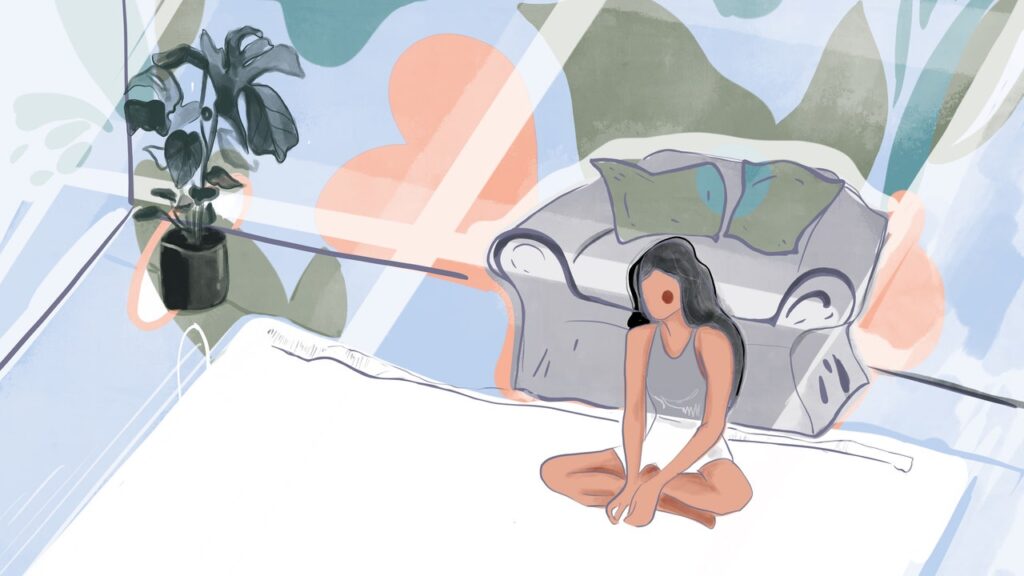According to the National Alliance on Mental Health (NAMI), the AAPI community spans about 50 ethnic groups speaking over 100 languages, “with connections to Chinese, Indian, Japanese, Filipino, Vietnamese, Korean, Hawaiian, and other Asian and Pacific Islander ancestries.” While it’s harmful, and ultimately impossible to draw generalizations about a vastly diverse population such as the AAPI community, shared cultural experiences inform both experiences of mental health challenges, perceptions around mental health in general, as well as access to care.
A new survey from online mental health platform Equip, which specializes in offering virtual eating disorder treatment services, surveyed over 1,100 people from the AAPI community to learn more about the nuances of eating disorders specifically within this population.
It comes at a particularly timely moment, as according to data published by JAMA Pediatrics, there was a “significant increase in both inpatient and outpatient eating disorder cases, after the onset of the pandemic that surpassed pre-pandemic patient care trends.”
AAPI identifying people have the lowest help-seeking rate of any racial or ethnic group, with only 20.8% of Asian adults with a mental illness receiving treatment in 2020, according to NAMI. That statistic echoed the data in Equip’s survey, which found that more than 60% of respondents reported not seeing a mental health care provider. Despite low reported eating disorder rates in the AAPI community, “one in five respondents self-identified as having an eating disorder, and one in 10 respondents are unsure if they’ve had one.” Still, of respondents who said they’ve never had an eating disorder, more than half engaged in at least one behavior linked to eating disorders, highlighting a gap between diagnosing or even naming eating disorders, with experiencing disordered eating behaviors.
Teen Vogue spoke with Tana Luo, Equip’s director of program development, to help better understand the elements at play in this dynamic. When people experience mental health issues like eating disorders, Luo said folks can sometimes blame themselves, to find fault with themselves on a personal level, instead of understanding disordered eating as a health phenomena. “There’s a cultural norm to blame themselves for these issues. Something that can be really helpful to understand is that these issues can arise from societal structures, along with even biological factors,” Luo said.
This was evident in anecdotes from respondents included in the survey. “My mother made a comment about how I put on a few pounds and even grabbed my stomach, which triggered an eating disorder. I felt that if I was skinny, I’d be loved, so I stopped eating because what I saw on TV or in magazines is what would make me beautiful,” one anonymous survey respondent said.
Negative body perception can start with close family networks, because of cultural norms, Luo explained. “The thin ideal is normalized in AAPI communities. That, combined with feedback from families creates a ‘perfect storm’ for eating disorders.” This may help better understand why reported instances of eating disorders are low, compared to reported instances of experienced disordered eating behaviors.

